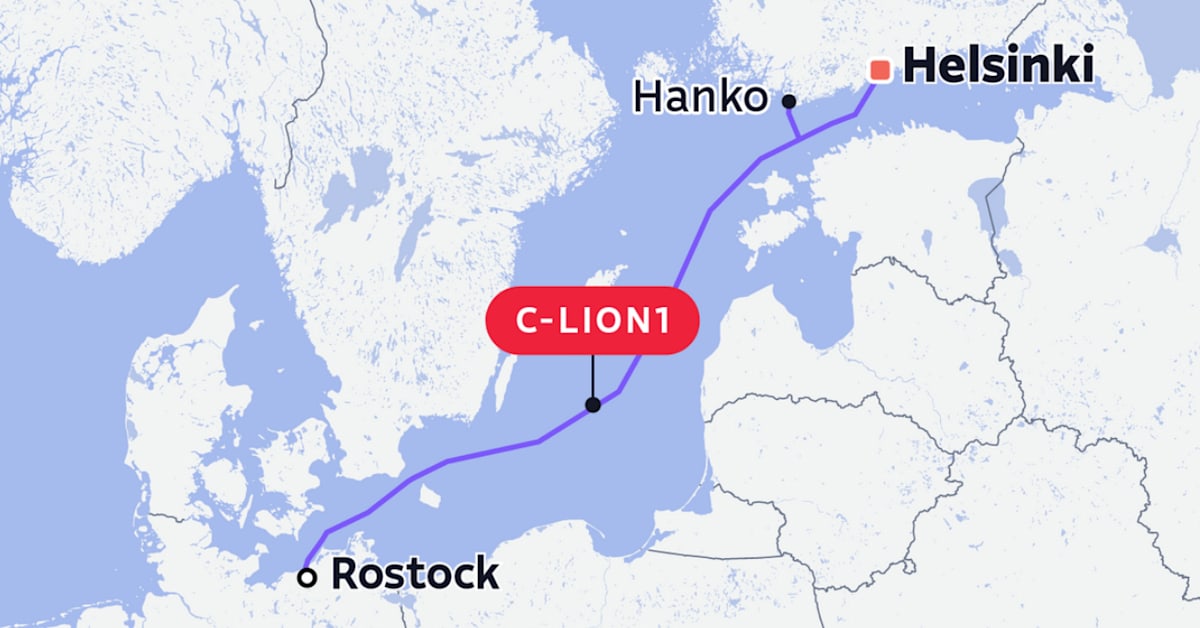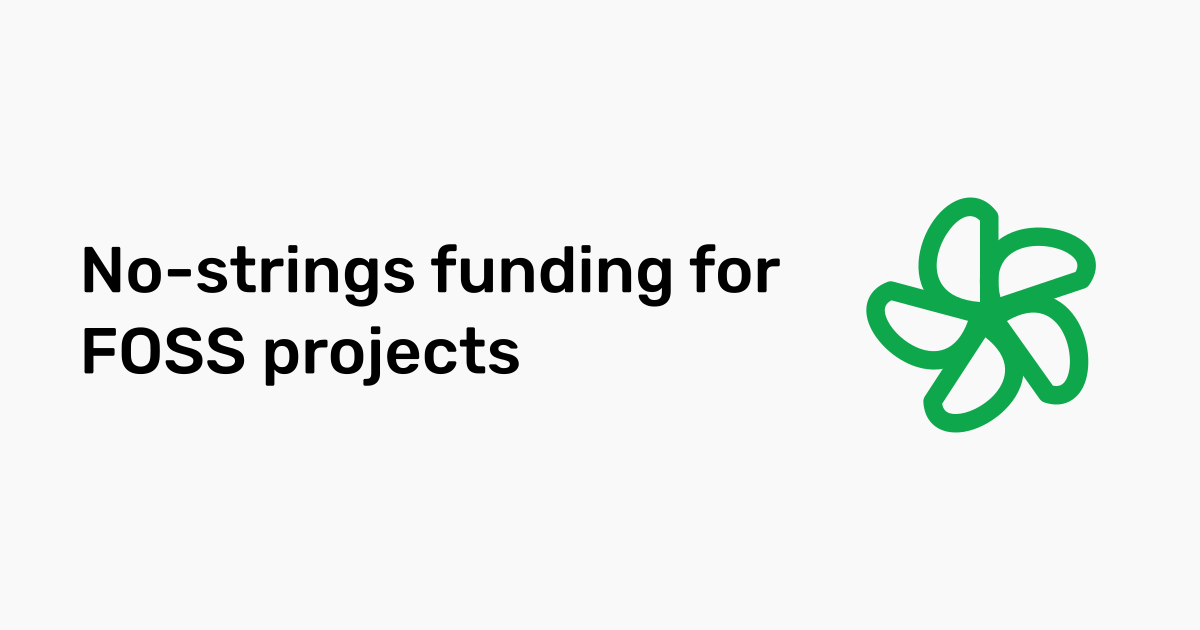My Experience of Using Escrow.com to Acquire Two Apps
There might come a time in your life when instead of firing up code editor of your choice you'll decide you want to try to get a hold of something someone else had made. Depending on the depth of your pockets, you may put on your tailored suit and head out to New York to meet with someone at JPMorgan or you may reach out to the creator of the product you've laid your eye on and ask them diplomatically if they might be interested in selling their creation. Given the lack of tailored suits in my wardrobe, I had to take the second option. Twice in the last couple of months, in fact. Buying things is the very core of any business. It's simple when you can do things in person. You come to see something, you can inspect it right there, and if you like it, you hand in the cash, and pick up the item right away. It's slightly harder when the seller and the buyer are separated by thousands of kilometres. How does one conduct a transaction? Given you find someone willing to part them with their digital offspring, and the negotiations go well, and you settle on a price. How do you send the money? Do you send a pre-payment, then the seller transfers ownership, and you send the rest? Or does the seller transfers ownership, and you send the full amount? No matter how you shuffle around the pre-payment percentages, the unmistakable truth remains the same—it's kinda risky to do either of these actions with a person you haven't known for a long time, let alone met in-person. "There's an app for that," someone would say. And there in fact is. They're called escrow services. In a nutshell, you pay your money into an escrow, and it's kept there until the seller transfers whatever they're selling. You have an inspection period to make sure you got what you were promised, and if it is the case, you can release the funds. This way, both the seller and the buyer are protected by a middleman. The first time I shook hands (by emailing the 🤝 emoji) with a developer whose app I was buying, I started searching for an escrow service frantically, fully prepared to juggle dozens of tabs, and read hundreds of reviews to pick the best one. To my surprise, my research ended rather quickly. There just aren't that many escrow services on the market. I found escrow.com and paylax.com. Escrow.com stood out with the most reviews on Trustpilot and a couple of recommendations from acquisition marketplaces like Acquire.com. Despite reviews being not overwhelmingly positive, it felt like there was little to no choice. (Except the choice that'd earn me lifelong shame from the eco-conscious friends—to jump on a plane to conduct the transaction in-person.) Despite high-profile references and abundance of reviews on Trustpilot that radiated a mix of trust and pain in the bottom, it was a little worrying to send a significant amount of money into a blackbox. If the amount wasn't significant, you wouldn't be using an escrow service in the first place, would you? Escrow.com is very simple to use. The KYC and the anti-money laundering (AML) compliance is expected when it comes to a service that deals with money. The annoying part about it for me has always been that there's never a list set in stone of documents or templates you need to provide. I couldn't find a comprehensive write-up on first-hand experience of a successful Escrow.com software purchase, so I decided to share a few bits on here. The start is very straightforward—you sign up and create a transaction. You can avoid putting too much thought into it—just the name of the app or domain name, and a brief description would suffice. Then you invite the seller via email. Once they've accepted the transaction, the part bursting with responsibility begins—you have to deposit funds into the escrow. You'll be presented with the bank details. If you're sending USD, it's important to say you should use Wire, not ACH. Escrow rejects ACH. Wire fee is already included in the amount they'll show to you, so don't worry about that. They usually receive the money quite fast, so you can expect further communication from them within 1-2 business days. Once they receive it, the never-boring AML process begins. I was really annoyed when doing my first transaction because it felt somewhat like fighting the windmills. They request something, you send it over, then they request a little more or nitpick at what you'd just sent, and you have no clue about when is it going to end, and whether to your benefit. Feeling like a wrongdoer despite not being one. Now, I can calmly say their AML process is relatively tolerable.
You'll basically just need two to four documents. If it’s your first-ever transaction with Escrow, they’ll have to verify your identity and address. A variety of documents are supported. If you’re intended to conduct the transaction through your company, that’ll be one more document from the Companies House / Chamber of Commerce / etc to verify you’re the legitimate owner. You only do that once. For all subsequent transactions, these steps will be omitted. If you’re a repeated buyer with Escrow, you’ll only need a signed purchase agreement between you and the seller and a receipt for your money transfer. For the former feel free to either hire a suit, generate one with Claude, or use the template I'm using below:






















